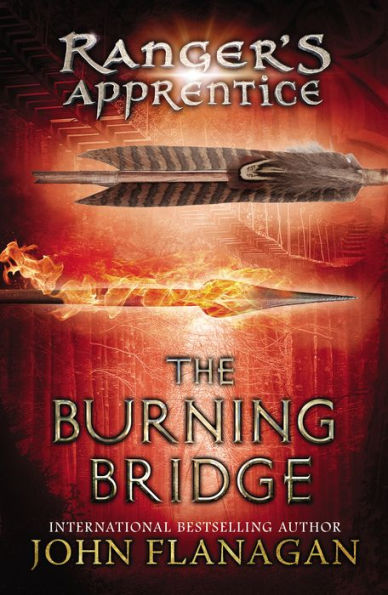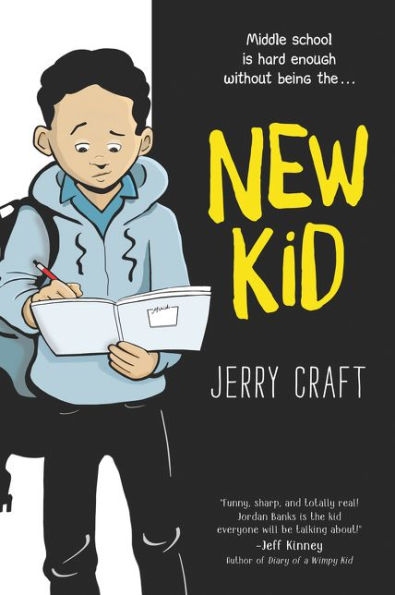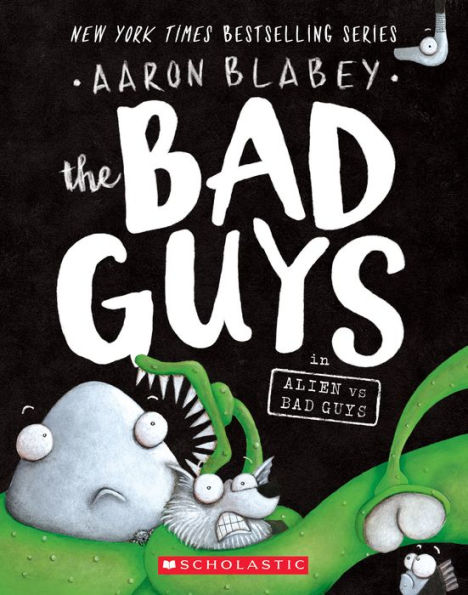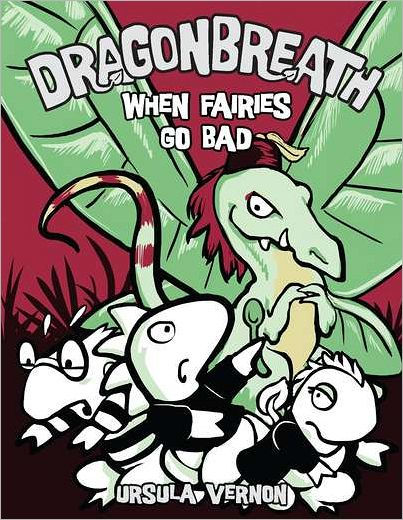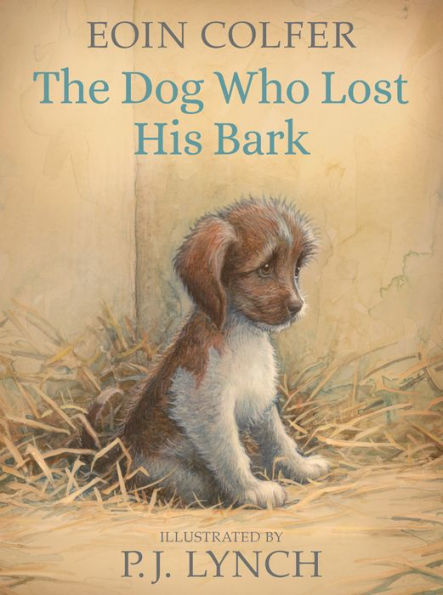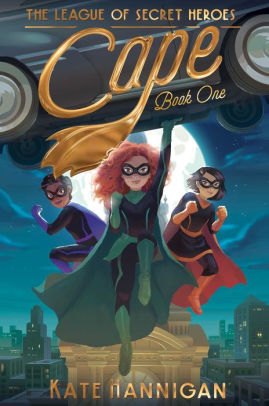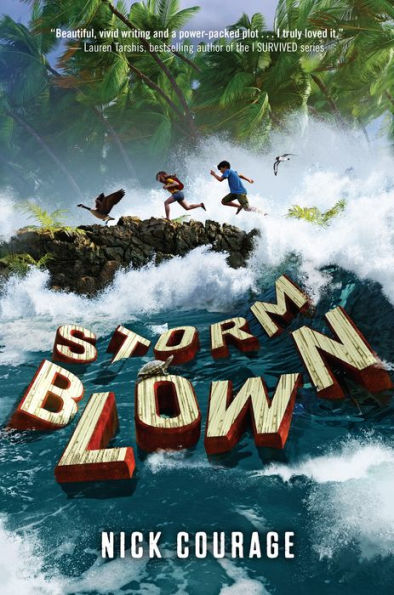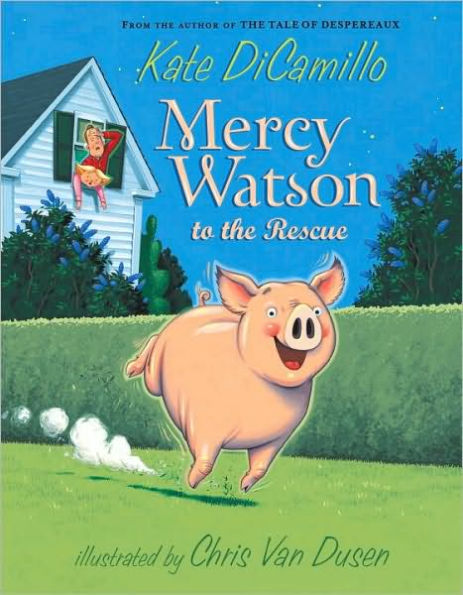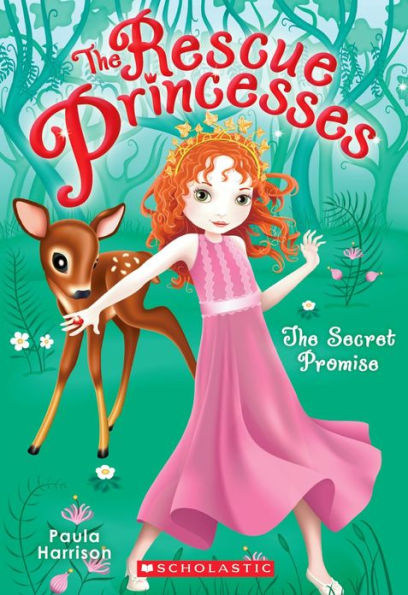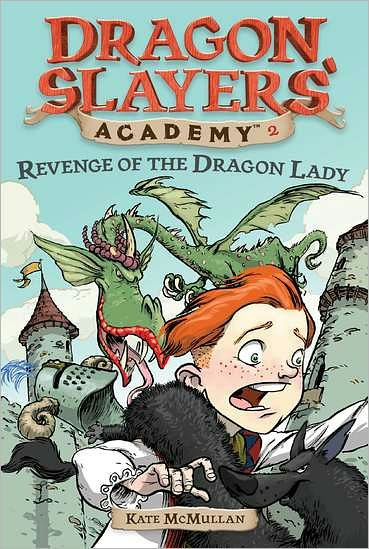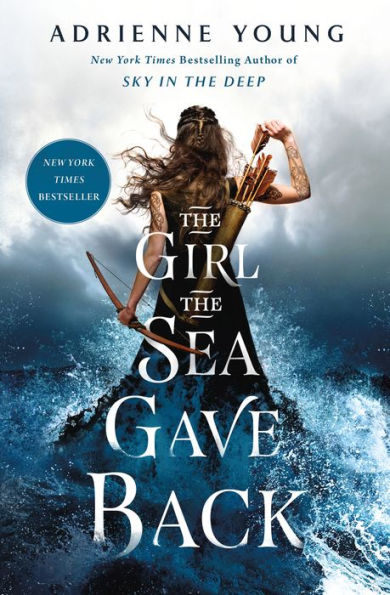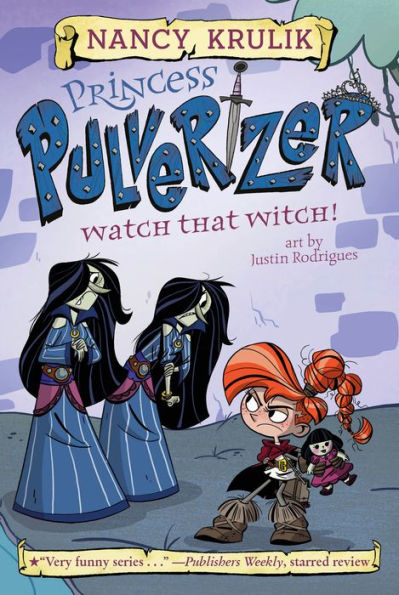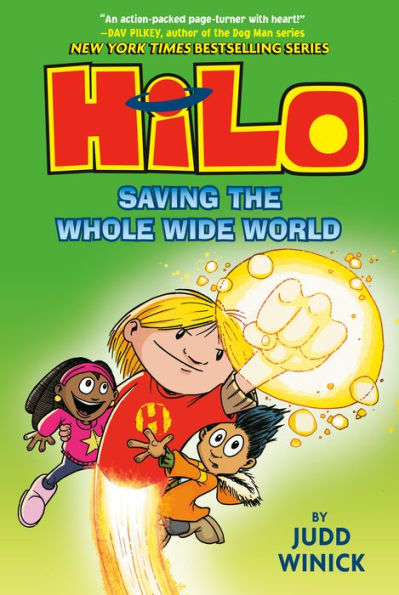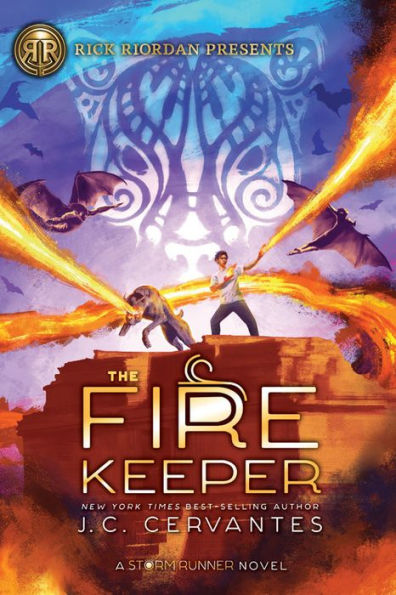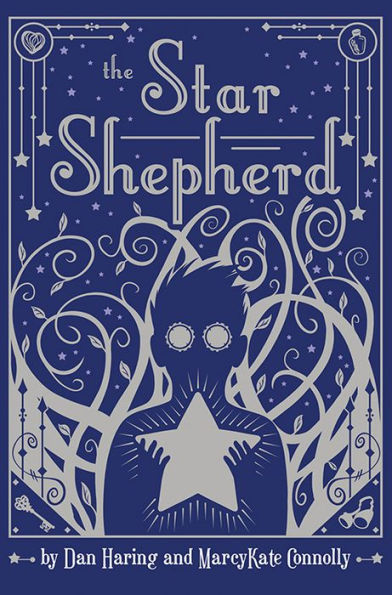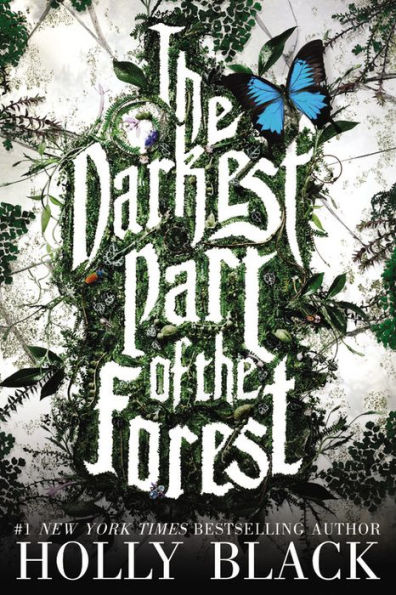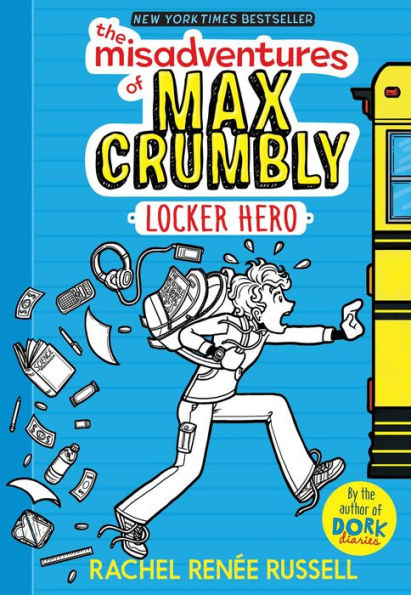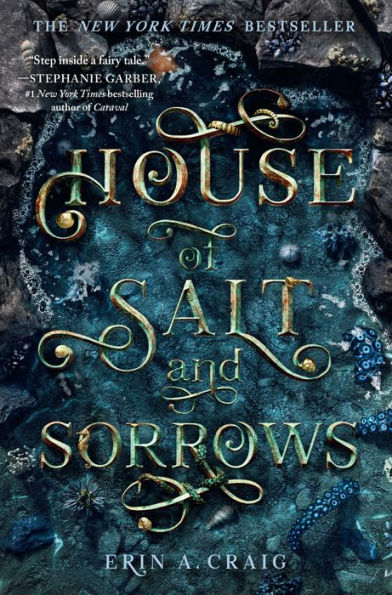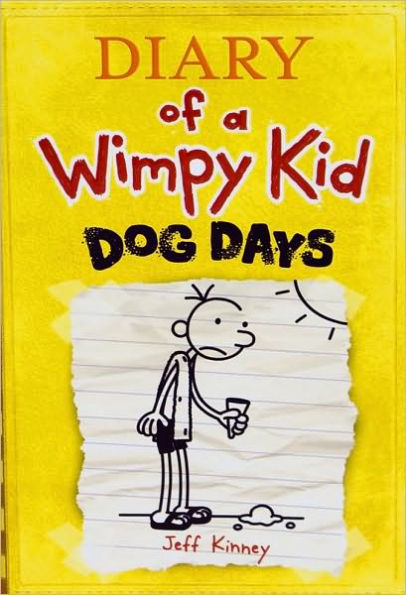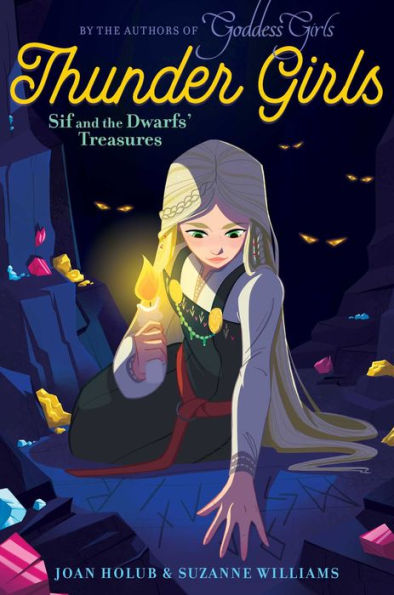For years, the Kingdom of Araluen has prospered, but everyone knows the evil Lord Morgarath is plotting the kingdom’s destruction. Lord Morgarath has been hiding safely behind the impassable mountains. He’s been patiently building his Wargal army, waiting for the perfect opportunity to strike.
When Will and his friend Horace, an apprentice knight, travel to a neighboring village, they find a frightened maiden named Evanlyn. The young woman miraculously survived a Wargal attack. As the three journey towards Araluen, they discover the unsettling truth. Morgarath has finally devised a plan to bring his legions over the mountains. Will, Horace, and Evanlyn must warn the king’s army of the imminent danger of being crushed. While the three are surrounded by Wargals and are running low on supplies, Will and Horace are determined to save the king’s army.
The Burning Bridge continues the story of Will, a Ranger’s apprentice, and Horace, a Battleschool student. As Araluen prepares for war, the two young men accompany Ranger Gilan as he journeys to the neighboring county to seek reinforcements. The companionship and respect between the group paint a vivid picture of friendship during medieval times. Despite their friendship, each man must do what is best for their country, even if that means leaving a friend behind. The story uses a third-person omniscient point of view to focus on Will and Horace’s thought process, which allows the reader to understand their actions.
Although Will and Horace are only apprentices, they play a vital role in saving the kingdom. The apprentices’ actions are realistic because their skills are constantly being improved as they travel with Gilan. Each character, no matter their station, has an important role in the kingdom. From the king to the cook, each person helps in the war efforts. Readers will enjoy the positive male relationships as well as the introduction of Evanlyn, who is determined to help her country.
The Burning Bridge is a story of war, friendship, and sacrifice. The descriptive battle scenes focus on the destruction of war and never glorifies the battle. Each person, including the king, loses someone they love. Although the sacrifices were necessary, each character feels the loss. Even though the death scenes are not described in gory detail, lives are lost.
The Burning Bridge has many positive aspects: well-developed characters, a believable setting, and realistic, exciting conflicts. The story’s long descriptive scenes and advanced vocabulary (such as traverse, caprice, incognito, incipient, vehemently, and emphatically) make the story best-suited for strong readers. The Ranger’s Apprentice Series must be read in order because the plot builds on the previous book. Those who have read The Ruins of Gorlan will also enjoy The Burning Bridge.
Sexual Content
- Will thinks about Alyss. Will “shifted uncomfortably as he thought of her. Alyss had kissed him after his homecoming dinner at the inn and he still remembered the soft touch of her lips.”
Violence
- While traveling, Halt and Will come across a man who is surrounded by Wargals. The man’s “long sword held them at bay, but the Wargals were making small feinting movements toward him trying to find an advantage. They were armed with short swords and axes and one carried a heavy iron spear.” Halt approaches and tries to help the man. “Realizing the swordsman was distracted, he darted forward and ran the spear into his body. A second later, Halt’s arrow buried itself in the Wargal’s heart and he fell dead beside his stricken prey.” Halt shoots an arrow and his “second shot dropped the left-hand Wargal.” When a Wargal goes after Will, “Halt’s fourth arrow took it in the throat. At such short range, the arrow tore clean through. With a final grunting shriek, the Wargal fell dead on the grass.” The fight is described over two pages.
- Two men, Carney and Bart, try to rob Horace and Will. Horace “darted forward and his sword flashed in an overhead cut at Carney. . . Carney barely had time to bring his own blade up in a clumsy parry. Thrown off balance and totally unprepared for the surprising force or authority behind the stroke, he stumbled backward and sprawled in the dust.” Horace knocks Carney to the ground and then swung his fist, “hammering the heavy brass pommel of his sword hilt into the side of Bart’s head.” When Bart tries to get up, Horace “turned and casually raised his sword, swinging it to clang, flat-bladed, against Bart’s skull.” The two men are tied up and eventually set free. The fighting is described over five pages.
- Halt throws two nobles into a moat. “A group of servants were busy emptying the privy buckets into the moat when they were startled by a sudden drawn-out cry. They looked up in time to see a scarlet-and-gold clad figure sail out of a first story window, turn over once and then land with an enormous splash in the dark, rancid waters.”
- Will and Horace see a group of Wargals pass by with prisoners. A prisoner, who was a miner, falls and causes others to fall down. “The two prisoners who had been brought down struggled to their feet, under a rain of lashes from their captors. The miner who had caused the fall lay still, in spite of the vicious whipping from the Wargals.” The dead prisoner is left on the side of the road.
- Will and Evanlyn attempt to burn down a bridge in order to prevent the Wargals from crossing. Wargals and Skandian armies appear and try to stop the group. Will “nocked an arrow to the string and, barely seeming to aim, sent it hissing toward the lead Wargal. The arrow buried itself in the Wargal’s chest and he fell, crying out once, then lay silent.” Will and Evanlyn try to hide from the enemy, but a “rock took him in the side of the head and he grunted in surprise, then his eyes rolled up and he fell at her feet, dark blood already welling from his scalp.”
- When Will is injured, a Skandian grabs Evanlyn. “The Skandian held her in a bear hug, her feet pressed onto the rough sheepskin of his vest, smelling of grease and smoke and sweat all but suffocating her. She kicked out, lashing with her feet and tossing her head, trying to butt the man who was holding her, but to no avail.” The bridge scene is described over six pages.
- Halt and his men defeat a group of Skandians who were preparing a sneak attack. Although the fighting is not described, Halt says, “We caught them totally by surprise and cut them to pieces.”
- During the battle, a bugler didn’t hear Morgarath, so Morgarath “whipped the man across the face with his leather-covered steel riding crop. . . The bugler, ignoring the agony of the whip cut and the blood that poured down his forehead and into his eye, raised a horn to his lips and blew. . .”
- During the final battle against the Wargals, “fully half of his [Morgarath’s] Wargal soldiers were lying broken in the dust of the battlefield.” Part of the battle is described through Horace’s point of view. Horace “had watched as Wargals and horses had all died and their bodies sprawled now in the dust of the Plains of Uthal like so many scattered rag dolls. It had been fast and violent and confusing.”
- Trying to escape the Wargals, a group of Skandians attack. “The Wargal tried to bring his iron spear up in defense, but he was a fraction too slow. The heavy ax sheared through his armor and he went down. . . But the Wargals hadn’t left their group unscathed. As he spoke, Nordal staggered and sank slowly to one knee. Bright blood stained the corner of his mouth and he looked hopelessly at his leader.” The man eventually dies.
- Horace and Morgarath battle to the death. Before the battle begins, “Horace felt his throat go dry as he realized he was now fighting for his life.” As the two fight, “Horace’s left arm, his shield arm, was rendered completely numb by the terrible force of the blow. . . Now Horace used the shorter blade of his sword to lunge at the gap that had opened between shield and body and drove the point at Morgarath’s ribs. . .But the black armor held against the thrust, which was delivered from a cramped position and had little force behind it. Nonetheless, it hurt Morgarath, cracking a rib behind the mail armor, and he cursed in pain and jerked at his own sword once more.”
- During the fight, Horace’s shield breaks. Morgarath took the opportunity and “slammed the double-handed hilt of the sword into the side of the boy’s helmet and onlookers groaned in dismay as Horace fell from his saddle.” Horace is dragged several meters and then regains his feet. The two enemies continue the fight on foot.
- As the battle continues, Morgarath uses his broadsword. “The broadsword began its downward arc, splitting the air. And now Horace, throwing everything into one final effort, stepped forward, crossing the two blades he held, the dagger supporting the shortened sword. . . Horace’s knees buckled, then held, and for a moment Morgarath and he stood locked, chest to chest. . . Morgarath felt a deep, burning agony pour through his body as Horace slipped the dagger free and, with every ounce of his strength behind it, drove it through Morgarath’s chain mail and up into his heart.” Morgarath dies. The fight is described over eight pages.
- The Skandians take Will and Evanlyn hostage, forcing them onto a boat. Halt follows, trying to catch up to the Skandians and save Will and Evanlyn. “Halt was riding without reins now as he unslung the longbow and laid an arrow on the string. At a full gallop, he sighted and released. The bow oarsman gave a grunt of surprise and lurched sideways over the gunwale of the boat as Halt’s heavy arrow slammed into him, transfixing his upper arm.” Halt continues to rain arrows on the enemy and hits several other men who “lay groaning in pain. The other was ominously still.” The scene is described over three pages.
Language
- Damn is used nine times. Darn is used once.
- When Gilan sees a village void of people, he asks, “What the hell is going on here?”
- After reading a parchment, Baron Arald asks, “Pauline, do you understand what this idiot is getting at?”
- Halt tells the baron that a nobleman “is a nincompoop and a fool.”
- My God, by God, and Oh God are used as exclamations five times in total.
- When looking at the enemy, someone says, “My god of battles, he doesn’t half give me the creeps, that one.”
- “Gorlon’s teeth!” is used as an exclamation once.
Supernatural
- Will sees a group of Wargals. “Bearlike in build, they had long muzzles and massive yellow canine fangs, exposed now as they snarled at their prey. They were covered in shaggy fur and wore black leather armor.”
- Morgarath has control of the Wargals’ minds. “Without minds of their own, they were almost without fear.” Morgarath can give the Wargals instructions by using mind control. During the battle, “the Wargals heard the words and his [Morgarath’s] thoughts in their mind.”
Spiritual Content
- While traveling through Celtica, the narration says, “the Celts had their own religion, which had to do with gods of fire and iron.”
- When a Skandian is severely injured, he asks for his sword. “Skandians believed a man must die with his weapon in hand if his soul were not to wander in torment for eternity.”
